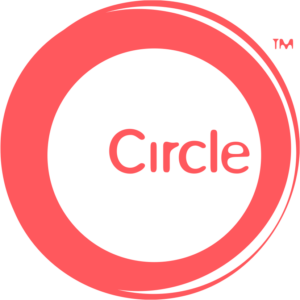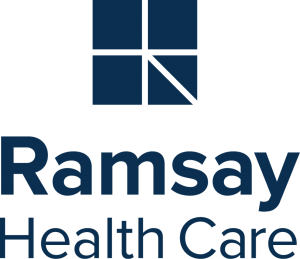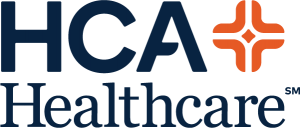Having an operation can be stressful for patients and fear of the unknown may create feelings of anxiety. Animations have been shown to improve patient understanding, so they can have confidence they’re fully informed of what their procedure involves. [1]
What are our animations?
Using photo-realistic rendering, we’ve created a set of clear and informative animations which gives the patient details of what will happen in their procedure. Our animations library contains a range of models of varying ages, genders and ethnicities.
In a recent study it was found that patients retain information from medical animations better when they contain narration they can understand. [2] Each of our animations feature narration in clear and simple language by a professional voiceover artist. Territory specific narration is also available for different regions.
The benefits of medical animations
The twenty-first century has seen the rise of the ‘educated patient’ [4]. Patients aren’t satisfied to accept their doctor’s word without question – They want to know why it’s being said and exactly what’s being recommended. The importance of providing patients with accurate and informative health information they can learn from is a vital step in the patient’s healthcare journey.
‘Medical animation as a visual simulation is a very effective tool in communicating medical information with more emotional impact […] It is an integral aspect in teaching, learning, and communication.’
The Online Journal of Communication and Media [3]
Medical jargon can also be complicated and may confuse patients. An animation is an easier way of explaining a complex procedure. Animations have also been found to significantly improve recall of medical information in individuals with low health literacy and bridge the information processing gap between patients with low and high health literacy. [2]
Patients can only give truly informed consent if they understand what their procedure involves. Having access to content which is easy to understand helps patients feel confident in their knowledge of what they’re about to undergo.
[1] Cakmak, et al., (2018). ‘Effect of video-based education on anxiety and satisfaction of patients undergoing spinal anesthesia’, Brazilian Journal of Anesthesiology, 68 (3), pp.274-279, https://www.sciencedirect.com/science/article/pii/S0104001418300046
[2] Meppelink. CS., van Weert, JC., Haven, CJ., Smit, EG., (2015). ‘The Effectiveness of Health Animations in Audiences with Different Health Literacy Levels: An Experimental Study’, JMIR Publications, 17 (1), pp.1-13, https://www.jmir.org/2015/1/e11/
[3] Ismail, A., (2018). ‘Medical Animation in Educational Virtual Environments and its Effects on Medical Reality Perception’, The Online Journal of Communication and Media, 4 (4), pp.23-38, http://www.tojcam.net/journals/tojcam/articles/v04i04/v04i04-03.pdf
[4] Neuberger. J., (2000). ‘The educated patient: new challenges for the medical profession’, Journal of Internal Medicine, 247 (1), pp.6-10, https://onlinelibrary.wiley.com/doi/full/10.1046/j.1365-2796.2000.00624.x











